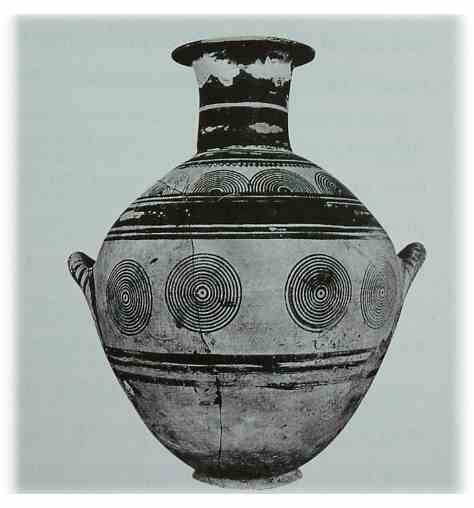
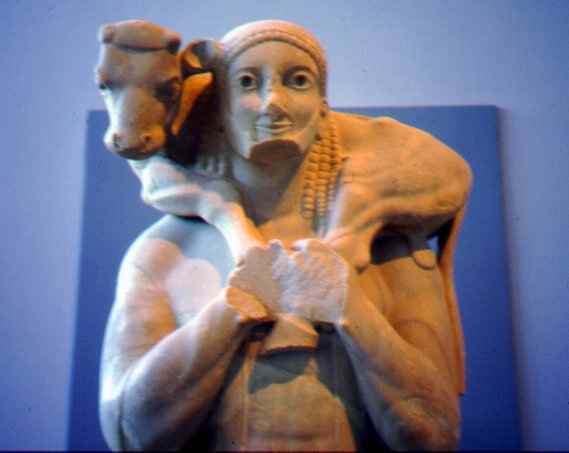
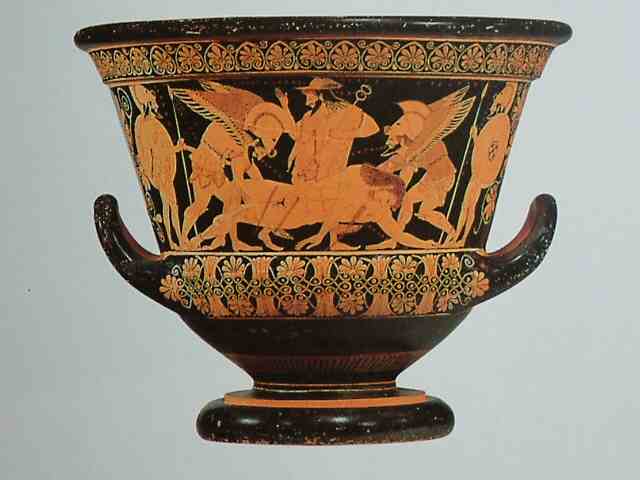
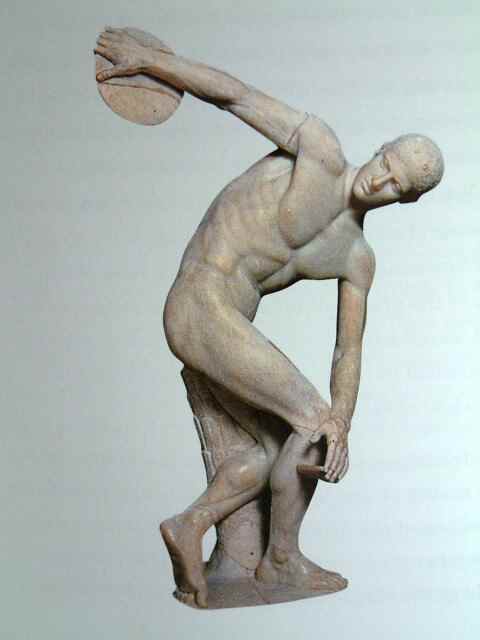
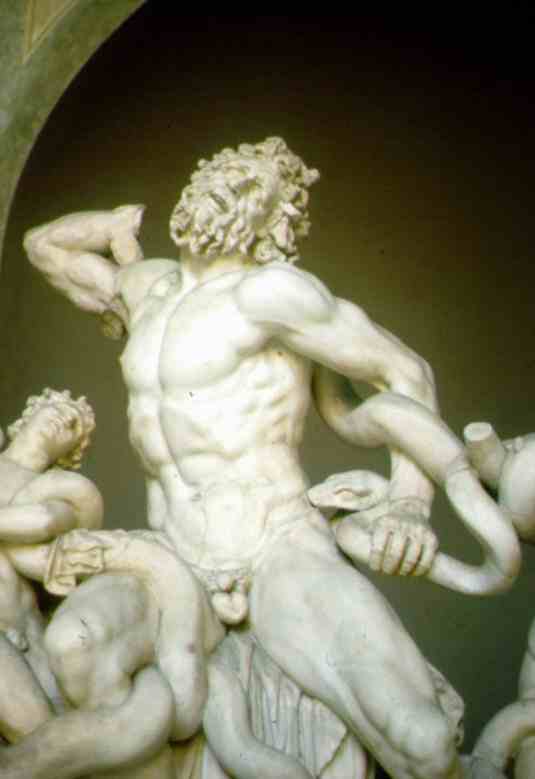
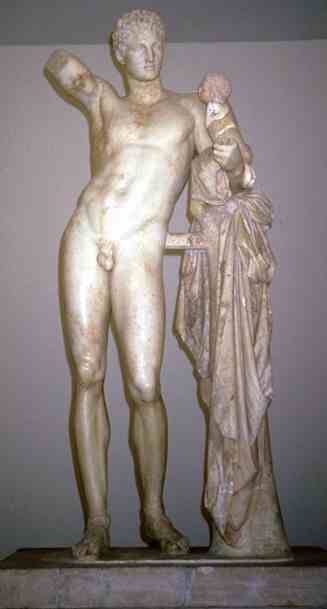
Introduction to Western Literature and Arts (西洋文學概要)
1st Semester, 2005
I. Fill in the Blank
1. The
polis was a type of state called a ______.(page 33)2. The hill that dominated the center of Ancient Athens was called the
_______.(page 70)3. The statue that marks the turning point between the Archaic world and the early
Classical period is known as the _______.(page 43, 45)
4. The first architectural order developed by the Greeks was the _______ order. (pages 46–48)
5. The last architectural order developed by the Greeks was the _________ order.(page 46)
6. The anger of Achilles and its consequences is the subject of the __________.(page 36)
7. The principal theme of the Odyssey is _______________________. (page 37)
8. A standing male figure in Greek sculpture is called a _____. (page 42)
9. The common one feature of Archaic sculpture is the famous ________. (page 43)
II. Read the following poem and answer the questions.
He is more
than a hero
he is a god in my eyes--
the man who is allowed
to sit beside you -- he
who listens intimately
to the sweet murmur of
your voice, the enticing
laughter that makes my own
heart beat fast. If I meet
you suddenly, I can
speak -- my
tongue is broken;
a thin flame runs under
my skin; seeing nothing,
hearing only my own ears
drumming, I drip with sweat;
trembling shakes my body
and I turn paler than
dry grass. At such times
death isn't far from me
Chapter 3: Classical Greece
I. What is Classical Ideal? Explain it, then use Greek sculpture as example to illustrate your explanation.
II. The following is Aristotle's definition of tragedy. Use Sophocles' Oedipus as example to explain the underline terms.
Tragedy is the imitation of an action
that is serious
and also having magnitude, complete in itself;
in language with pleasurable accessories, each kind
brought in separately in the parts of the work;
in a dramatic, not in a narrative form;
with incidents arousing pity and fear,
wherewith to accomplish its cartharsis of such emotions.
III. Matching
1. archaic smile =
2. red figure pottery =
3. The work in the Golden Age =
4. Hellenistic sculpture =
5. Late Classic sculpture =
6. The work in Heroic Age =
| A |  |
D |  |
| B |  |
E |  |
| C |  |
F |  |
III. Filling the blank
1. The three greatest sculptors in the Golden Age of Greece are ____, ____, ____.
2. The three greatest sculptors in the Late Classic period are ____, ____, ____.
3. The characteristics of the Parthenon:
4. The characteristics of the Erechtheum: